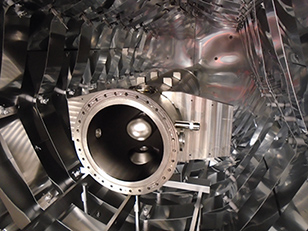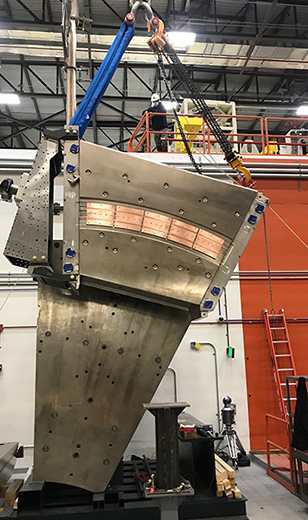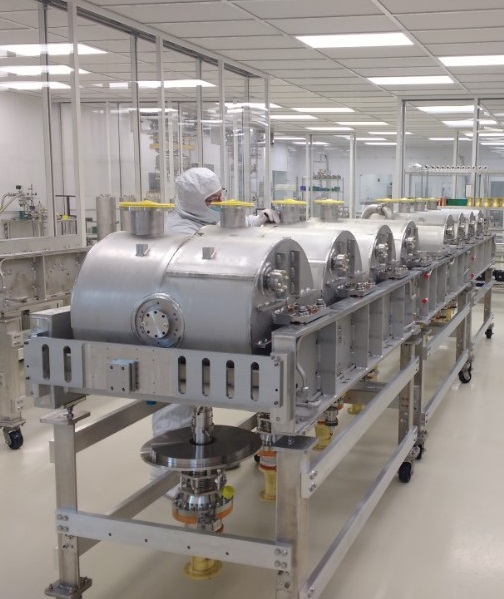
Joined the laboratory in 2012
- PhD, Mechanical Engineering, Florida State University, USA, 2007
- Accelerator physics and technology
Research
Since the pioneering work in the 1960s and 1970s, SRF technology has advanced rapidly, and it is now used for a number of large-scale particle accelerators. Capitalizing on state-of-the-art SRF technology and a high-efficiency, large-scale cryogenic plant, the FRIB driver linear accelerator (linac) is designed to produce high-energy heavy-ion beams with beam power up to 200 kW, two orders of magnitude higher than previous accelerators. Nevertheless, we still have a lot to learn about SRF science and technology: we need a better fundamental understanding of surface behavior, we need to develop and refine new materials and new fabrication techniques, and we need to foster new applications in medicine, quantum computing, and other fields. FRIB has a recently-commissioned state-of-the-art superconducting accelerator with state-of-the-art facilities for SRF production and research, and a research team dedicated to pushing back the frontiers of SRF science and technology.


Biography
I obtained my PhD in mechanical engineering in 2007 from Florida State University. After postdoctoral work at the National High Magnetic Field Laboratory at Florida State University, I worked at the Spallation Neutron Source at Oak Ridge National Laboratory. I came to Michigan State University in 2012, and I now manage the SRF and Superconducting Magnet Department at FRIB. I have broad design and hands-on experience with large-scale accelerator devices based on superconducting technologies and I am always seeking to explore new ideas and concepts.
How students can contribute as part of my research team
My research group’s focus is to advance the application of superconductivity to large-scale accelerators. We are oriented in particular toward improving the performance of heavy-ion accelerators. Our three main areas of research are the development of (1) state-of-the-art SRF devices to support the FRIB energy upgrade and benefit other national initiatives, (2) technologies to improve the performance of the FRIB SRF linear accelerator, and (3) new high-performance superconducting magnets for fragment separators. Undergraduate and graduate education is one of the most important missions for my group, which is aligned with MSU’s mission and necessary for our field to continue its growth. Past and present student projects at MSU include the design and prototyping of new SRF cavities, development of SRF diagnostics, SRF coupler design and prototyping, development of SRF control systems, and development of new SRF cavity surface treatments.

Clean-room assembly of eight half-wave resonators to be installed in a cryomodule for the FRIB superconducting linear accelerator.
Scientific publications
- Completion of FRIB Superconducting Linac and Phased Beam Commissioning, T. Xu, et. al Proceedings of the 20th International Conference on RF Superconductivity, MOOFAV10, 2021
- FRIB Cryomodule and Production, T. Xu, et. al, Proceedings of 28th Linear Accelerator Conference, 2016

